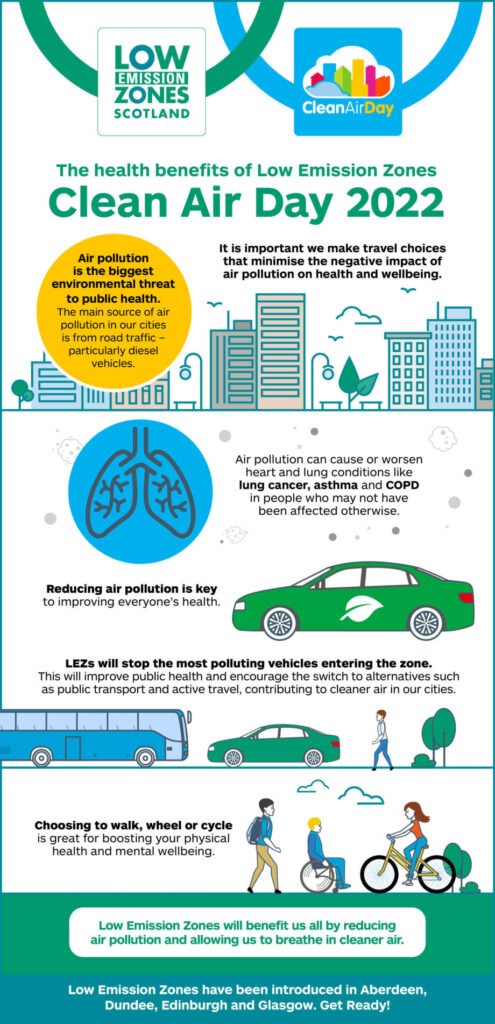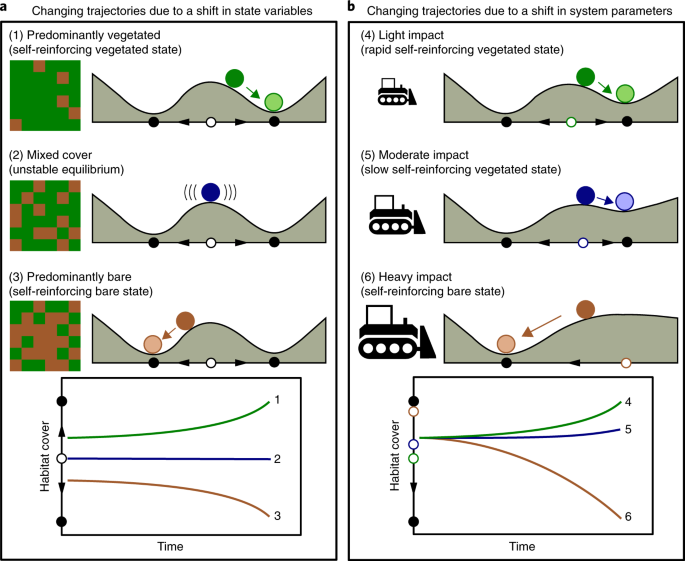Staying safe while operating lawn mowers in hot weather is essential for avoiding potential accidents and ensuring a pleasant outdoor experience. With the blazing sun and scorching temperatures, it becomes crucial to take certain precautions to protect yourself from heat-related issues. In this article, you will discover practical tips and valuable advice on how to stay safe and comfortable while mowing your lawn under the scorching summer heat, allowing you to maintain your yard without compromising your well-being.
Choosing the Right Attire
When it comes to mowing the lawn, wearing appropriate attire is essential for your comfort and safety. One of the most important factors to consider is wearing breathable clothing. Opt for lightweight and loose-fitting garments that allow air to circulate, keeping you cool as you work. This will help prevent overheating and discomfort, allowing you to stay focused on the task at hand.
Additionally, using a wide-brimmed hat is highly recommended. Not only will it provide shade for your face, but it will also protect your head from the direct heat of the sun. This will help prevent heatstroke and sunburn, ensuring your well-being while spending time outdoors.
Lastly, never forget to wear sunscreen. Even if it seems like a cloudy day, harmful UV rays can still reach your skin. Applying sunscreen with at least SPF 30 before mowing will protect you from sunburn and reduce the risk of developing skin cancer. Make sure to reapply every couple of hours, especially if you’re sweating.
Hydrating Before Mowing
Mowing the lawn in hot weather can be physically demanding, so it’s crucial to hydrate properly before starting the task. Drinking plenty of water is key to staying hydrated throughout the process. Make sure to consume at least 8 ounces of water before you begin, and have a water bottle readily available during breaks.
It’s important to note that certain beverages can actually contribute to dehydration. Therefore, it’s best to avoid caffeine and alcohol before mowing. Both of these substances act as diuretics, meaning they increase urine production and can lead to fluid loss. Stick to water or other non-caffeinated, non-alcoholic drinks to ensure optimal hydration.
Preparing the Environment
Before firing up the lawnmower, take a few moments to prepare the environment for safe mowing. Start by clearing the area of debris such as sticks, stones, and toys that could potentially be thrown by the mower and cause injury or damage. Walking the designated mowing area and picking up any obstacles will prevent accidents and keep your lawn looking great.
Additionally, remove any potentially hazardous objects from the area. This includes items like garden hoses, power cords, and pet toys. These objects can tangle in the mower’s blades, causing damage or even tripping hazards. By removing them before you begin, you’ll create a safer environment for both yourself and your equipment.
Checking the Equipment
Before starting the mower, it’s essential to thoroughly inspect the equipment for any damage or leaks. Check all parts of the mower, including the blades, wheels, and handlebars, for signs of wear or breakage. If you notice any issues, it’s best to address them or seek professional assistance before attempting to mow your lawn.
Another vital aspect to check is the sharpness of the blade. A dull blade can make the mowing process more difficult and can cause damage to your lawn. If needed, sharpen the blade or have it professionally sharpened. This will ensure a clean and precise cut, leaving your lawn looking neat and healthy.
Furthermore, check the fuel level in your mower before starting. Running out of gas mid-mow can be frustrating and cause unnecessary delays. Additionally, verify that the spark plug is in good condition and securely in place. A faulty spark plug can prevent the mower from starting or cause it to lose power while in operation.
Lastly, don’t forget to clean the air filter. A clogged air filter can restrict airflow to the engine, causing it to overheat and potentially malfunction. Regularly cleaning or replacing the air filter will keep your mower running smoothly and efficiently.
Mowing Strategies
When it comes to mowing in hot weather, it’s important to choose the appropriate time of day. Avoid mowing during the hottest hours of the day when the sun is at its peak, as this can increase the risk of heat-related illnesses. Instead, consider mowing early in the morning or later in the evening when temperatures are cooler.
Remember to take breaks when needed. Mowing in direct sunlight and heat can be physically draining, leading to fatigue and exhaustion. Listen to your body and rest when you feel the need. Take advantage of shaded areas in your yard to cool down and rehydrate during breaks.
It’s also crucial to avoid overexertion. Pace yourself while mowing and avoid pushing your body beyond its limits. If you start feeling lightheaded, dizzy, or experience any unusual symptoms, stop mowing immediately and seek shade and water. Your health and safety should always take priority.
Safe Mowing Practices
To ensure the safety of everyone around you, it’s important to take certain precautions while mowing. Keep children and pets indoors or in a secure area away from the mowing zone. The noise and flying debris from the mower can be both frightening and dangerous for them. By keeping them at a safe distance, you can avoid accidents and injuries.
Stay vigilant for obstacles or hazards in your mowing path. Look out for rocks, tree roots, or any other objects that could potentially damage the blade or cause a serious accident. By being aware of your surroundings, you can take the necessary precautions to prevent accidents and equipment damage.
Never leave the mower unattended, even for a moment. Accidents can happen in an instant, and an unattended mower can pose a serious risk, especially if children are present. Always turn off the engine and wait for the blades to come to a complete stop before attending to any other tasks.
Lastly, always follow the manufacturer’s instructions when operating the mower. Each model may have specific guidelines and safety precautions that should be followed for optimal performance and safety. Reading the manual and familiarizing yourself with the mower’s features and controls will help you mow with confidence and minimize risks.
Proper Movements and Techniques
Using proper movements and techniques while mowing can make a significant difference in your safety and efficiency. Keep a firm grip on the mower handles at all times. This will ensure that you have full control of the equipment and reduce the risk of accidental slips or falls.
When pushing the mower forward, engage your whole body in the motion. Use your legs and core muscles to provide the majority of the force while keeping your back straight. This will prevent strain and reduce the risk of back injuries.
Be cautious when mowing on steep slopes. Avoid mowing across the slope, as this can cause the mower to tip over. Instead, mow up and down the slope to maintain stability. If the incline is too steep, it may be best to use a manual push mower or seek professional assistance.
To achieve a clean and even cut, mow in straight lines, overlapping the rows slightly. This will prevent missed spots and ensure a polished appearance. By practicing this technique, you’ll be able to maintain a visually pleasing lawn.
When reversing the mower, be extra careful. Look behind you and make sure the path is clear of any obstacles or people. Use caution while backing up to avoid accidents or equipment damage.
Avoiding Heat-Related Illnesses
Mowing the lawn in hot weather can put you at risk of heat exhaustion and heat stroke if proper precautions are not taken. It’s important to recognize the symptoms of these conditions to prevent them from escalating into medical emergencies.
Common symptoms of heat exhaustion include profuse sweating, dizziness, headache, nausea, weakness, and rapid heartbeat. If you experience any of these signs, it’s crucial to take immediate action. Stop mowing, find shade, and rehydrate with cool water or a sports drink that replenishes electrolytes. If the symptoms worsen or persist, seek medical attention.
Heat stroke is a more severe condition that requires urgent medical attention. Symptoms include a high body temperature, altered mental state, flushed skin, rapid breathing, and a pounding headache. If you or someone else is showing signs of heat stroke, call emergency services immediately and move to a cool, shaded area while waiting for help to arrive.
To prevent heat-related illnesses, take frequent breaks in shaded areas. This will allow your body to cool down and recover from the heat. Stay hydrated by drinking water regularly, even if you do not feel excessively thirsty. By taking these precautions, you’ll be able to mow your lawn safely and effectively.
Handling Fuel and Refueling
Proper handling of fuel is essential for both your safety and the longevity of your lawn mower. Always store fuel properly in a well-ventilated area away from any sources of heat, sparks, or flames. The fumes from gasoline can be highly flammable, so it’s important to take precautions to prevent accidents.
When refueling your mower, make sure to turn off the engine and allow it to cool down before adding fuel. This will reduce the risk of a fire or explosion. Using a funnel can also help prevent spills, ensuring that the fuel goes directly into the tank without any wastage or mess.
Additionally, it’s important to avoid smoking or using open flames near fuel containers or the mower. Even a tiny spark from a lighter or match can ignite the fumes and cause a dangerous fire. By being mindful of these safety practices, you’ll greatly reduce the risk of accidents and injuries.
Cleaning and Maintenance
Proper cleaning and maintenance of your lawn mower will not only prolong its lifespan but also keep you safe during operation. After each use, make it a habit to clean the mower thoroughly. Remove any grass clippings, dirt, or debris that may have accumulated on the blades, under the deck, or in other areas of the machine.
Inspect the mower for loose parts and tighten them if necessary. Loose components can affect the mower’s performance and pose a safety hazard. By regularly checking and tightening all the nuts, bolts, and screws, you’ll ensure that your mower is in optimal working condition.
Lastly, schedule regular maintenance checks for your mower. This may include oil changes, filter replacements, and blade sharpening. Following the manufacturer’s recommended maintenance schedule will help prevent breakdowns and keep your mower operating smoothly for years to come.
In conclusion, by following these tips for staying safe while using lawn mowers in hot weather, you’ll be able to maintain a beautiful lawn while minimizing the risk of accidents, injuries, and heat-related illnesses. Remember to wear breathable clothing, stay hydrated, prepare your surroundings, check and maintain your equipment, practice safe mowing techniques, and take steps to avoid heat exhaustion and heat stroke. With these precautions in mind, you can enjoy a safe and satisfying mowing experience all summer long.





